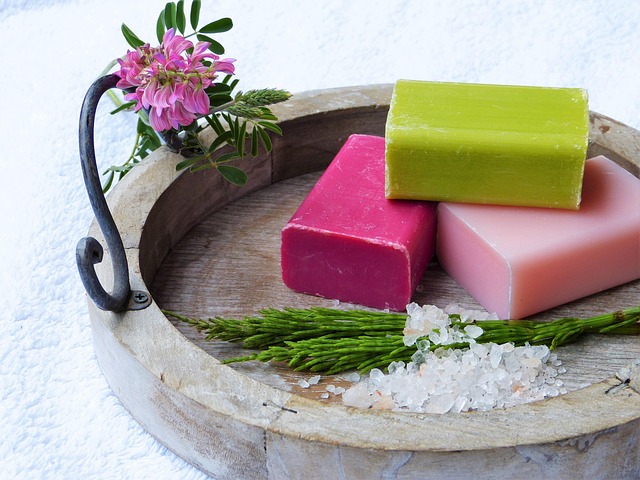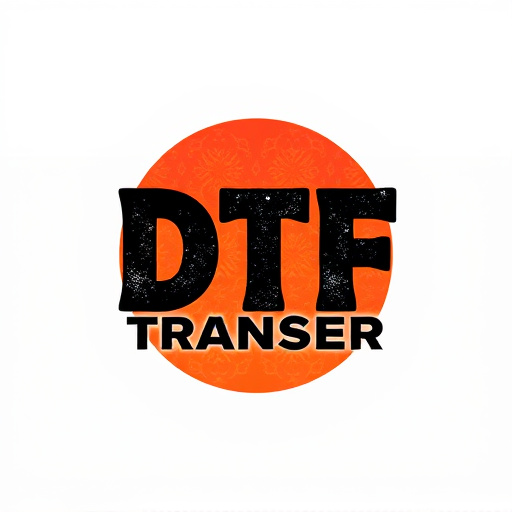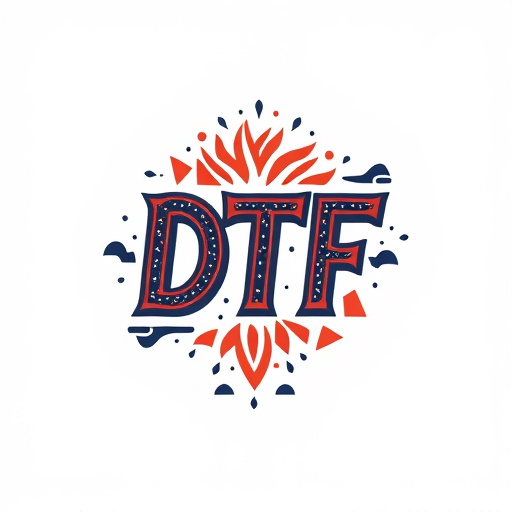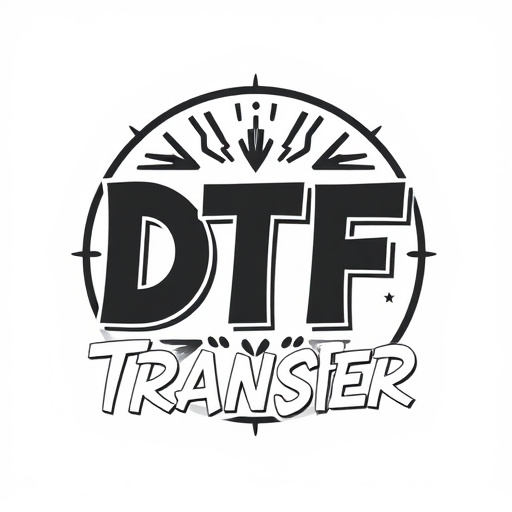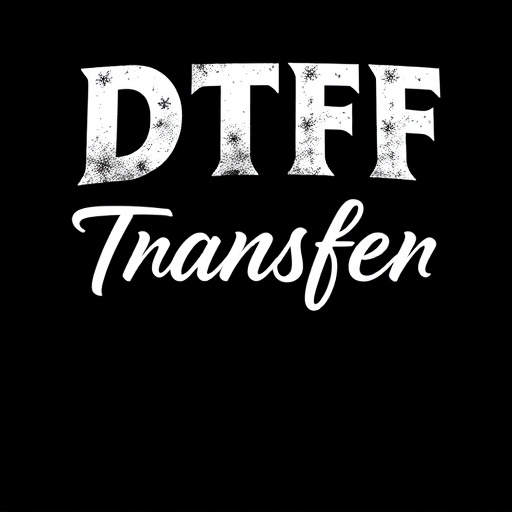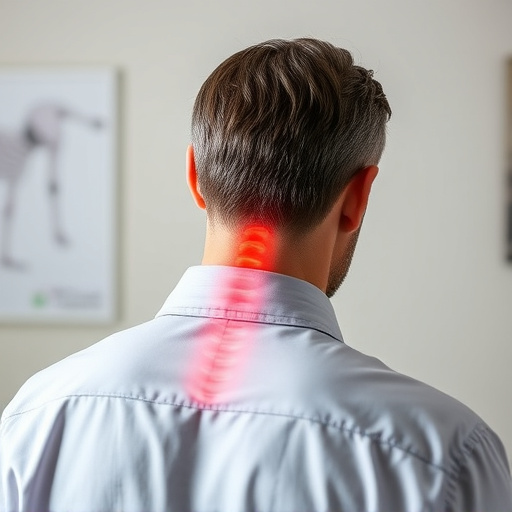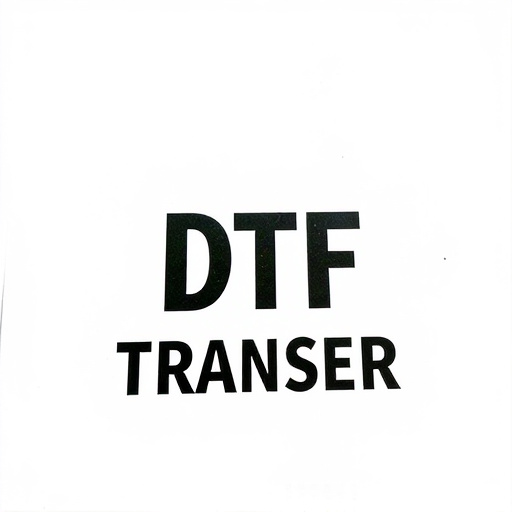Direct-to-Film (DTF) transfer technology is revolutionizing print and surface decoration, offering vibrant, durable prints on diverse materials like glass, metal, wood, and acrylic. This method streamlines production with pre-printed designs, ensures color accuracy, and provides fast turnaround times. DTF transfers are suitable for both indoor and outdoor use, ideal for high-traffic areas. Choosing the right adhesives and films based on surface type is key, alongside proper preparation techniques for crisp prints. Following best practices guarantees high-quality DTF prints, transforming ordinary objects into captivating art pieces across various industries.
“Unleash creative possibilities with Adhesive Direct-to-Film (DTF) products—a game-changing print technique for non-fabric surfaces. This comprehensive guide explores the revolutionary world of DTF Transfer, offering an efficient and versatile solution for a range of applications. From captivating signage to decorative projects, discover the advantages and suitable uses of this technology. Learn about the optimal materials, preparation techniques, and step-by-step application process, while avoiding common mistakes. Elevate your designs with DTF Printing’s indelible impact.”
- Understanding DTF Transfer: A Revolutionary Print Technique
- Advantages of Using Adhesive DTF Products for Non-Fabric Surfaces
- Suitable Applications: From Signage to Decor
- Choosing the Right DTF Materials and Preparation Techniques
- Step-by-Step Guide: Applying DTF Prints to Various Substrates
- Best Practices and Common Mistakes to Avoid in DTF Printing
Understanding DTF Transfer: A Revolutionary Print Technique
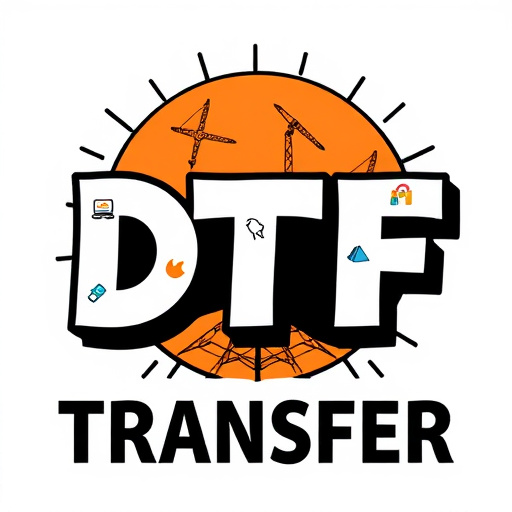
The DTF Transfer (Direct-to-Film) is a cutting-edge print technique revolutionizing the way we adorn non-fabric surfaces. Unlike traditional printing methods that rely on multiple layers and complex applications, DTF directly transfers vibrant DTF prints onto various materials using specialized adhesive films. This innovative approach offers unparalleled versatility, enabling designers and manufacturers to produce eye-catching graphics on a diverse range of surfaces – from glass and metal to wood and acrylic.
By pre-printing designs onto these adhesive films, the process streamlines production while ensuring precise color accuracy and sharp detail. The DTF Printing technique is particularly appealing for its ease of use and fast turnaround times. Once the film is applied to the desired surface, heat activates the adhesive, creating a lasting bond that withstands fading and cracking. This makes DTF an ideal solution for both indoor and outdoor applications, transforming everyday objects into captivating works of art.
Advantages of Using Adhesive DTF Products for Non-Fabric Surfaces

Using adhesive direct-to-film (DTF) products for non-fabric surfaces offers numerous advantages, revolutionizing the way we approach printing and decoration. One of the key benefits is versatility; DTF technology enables high-quality printing on a diverse range of materials, from plastics and acrylics to wood and glass, expanding creative possibilities across various industries. This method ensures precise, vibrant DTF prints, allowing for intricate designs and detailed imagery that can be directly applied to non-porous surfaces.
Additionally, DTF transfers provide excellent durability and longevity. The adhesive properties create a strong bond, making the prints resistant to fading, peeling, or smudging. This is particularly advantageous in environments with high foot traffic or exposure to elements, ensuring that DTF transfer artwork retains its vibrancy and integrity over time.
Suitable Applications: From Signage to Decor
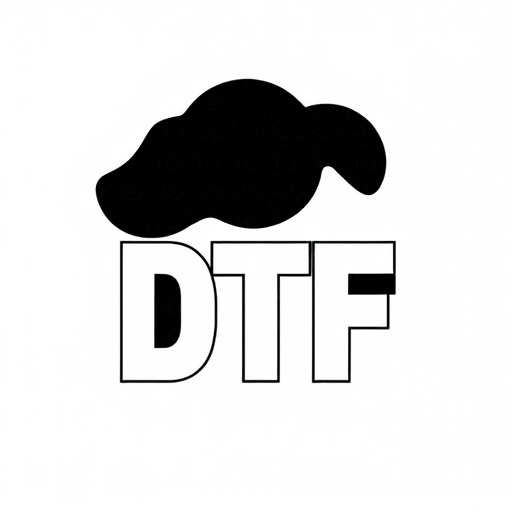
Adhesive direct-to-film (DTF) products are versatile and suitable for a wide range of applications beyond traditional fabric printing. This innovative technology has revolutionized signage, making it easier than ever to create vibrant, long-lasting DTF transfers for various non-fabric surfaces. From eye-catching store signs to decorative wall art, the possibilities are endless.
DTF Printing allows for high-quality prints with exceptional color accuracy and detail. These adhesive films can be applied to a variety of materials such as wood, metal, glass, and even ceramic, enabling users to transform ordinary objects into unique pieces of art or promotional displays. Whether it’s enhancing a café’s ambiance with wall decals or designing custom window graphics for a retail store, DTF Transfer offers a cost-effective and efficient solution for both commercial and decorative needs.
Choosing the Right DTF Materials and Preparation Techniques
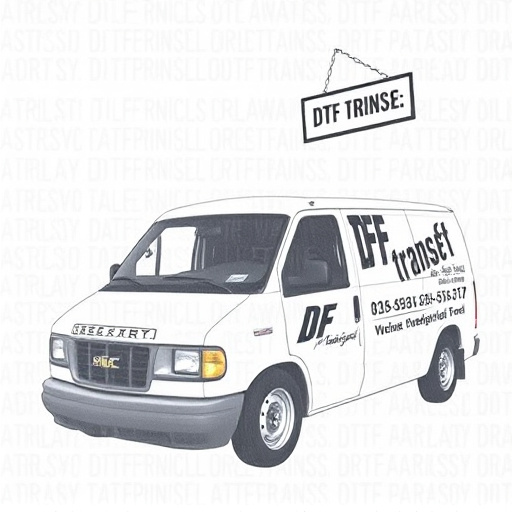
Choosing the right materials for a DTF (Direct-to-Film) transfer is paramount to achieving high-quality prints on non-fabric surfaces. Factors like surface type, desired print durability, and aesthetic preferences dictate the selection of adhesive and film. For instance, specialized adhesives designed for smooth or rough surfaces ensure optimal adhesion. Additionally, understanding the characteristics of different films—such as their gloss levels, opacity, and resistance to fading—enables printers to select materials that best suit the final application, whether it’s for signage, packaging, or decorative purposes.
Preparation techniques play an equally vital role in successful DTF printing. Proper surface cleaning and decontamination are essential to remove impurities that could hinder adhesion. Priming non-porous surfaces might also be necessary to create a more receptive layer for the adhesive. Moreover, precise cutting and positioning of DTF prints during application guarantees crisp, accurate results. These meticulous steps contribute to ensuring that the final DTF transfer not only sticks securely but also maintains its vibrancy and longevity.
Step-by-Step Guide: Applying DTF Prints to Various Substrates
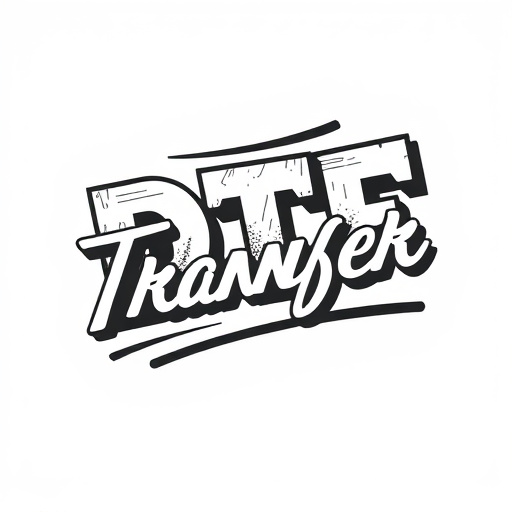
Applying Direct-to-Film (DTF) prints to non-fabric surfaces is an easy and effective way to transform various materials into eye-catching displays. Here’s a step-by-step guide for achieving crisp, long-lasting DTF transfers on diverse substrates:
1. Surface Preparation: Begin by ensuring the substrate is clean, dry, and free from contaminants. Lightly sand or etch rough surfaces for improved adhesion. For smooth materials like acrylic or glass, consider using a primer to enhance stickiness.
2. Design and Printing: Choose your desired design or image, then use a high-quality DTF printer to produce the print. Ensure optimal ink settings for the specific substrate type to prevent smudging or fading.
3. Application: Remove the protective backing from the DTF transfer film and gently align it with the target surface. Starting at one corner, carefully press the film down, ensuring no air bubbles are trapped. Use a heat press or a heated tool for a more secure bond, especially on thicker materials.
4. Curing: Allow the print to cure completely according to the recommended time by the manufacturer. This step ensures the ink fuses with the substrate for enhanced durability.
Best Practices and Common Mistakes to Avoid in DTF Printing

When adopting DTF (Direct-to-Film) Printing for non-fabric surfaces, adhering to best practices is paramount to achieving high-quality DTF transfers. Start by ensuring your surface is clean and free of grease or dust to promote optimal adhesion. Proper preparation involves lightly sanding the area to create a slightly rough texture, enhancing grip without causing excessive damage.
Avoid common mistakes like using incompatible adhesives for specific surfaces; some formulations are designed for plastics while others excel on metals or ceramics. Over-application of adhesive can lead to uneven application and potential lift-off during curing. Conversely, insufficient adhesive may result in poor adhesion and print transfer issues. Always follow manufacturer guidelines for application techniques, drying times, and curing processes to ensure the best DTF prints.



